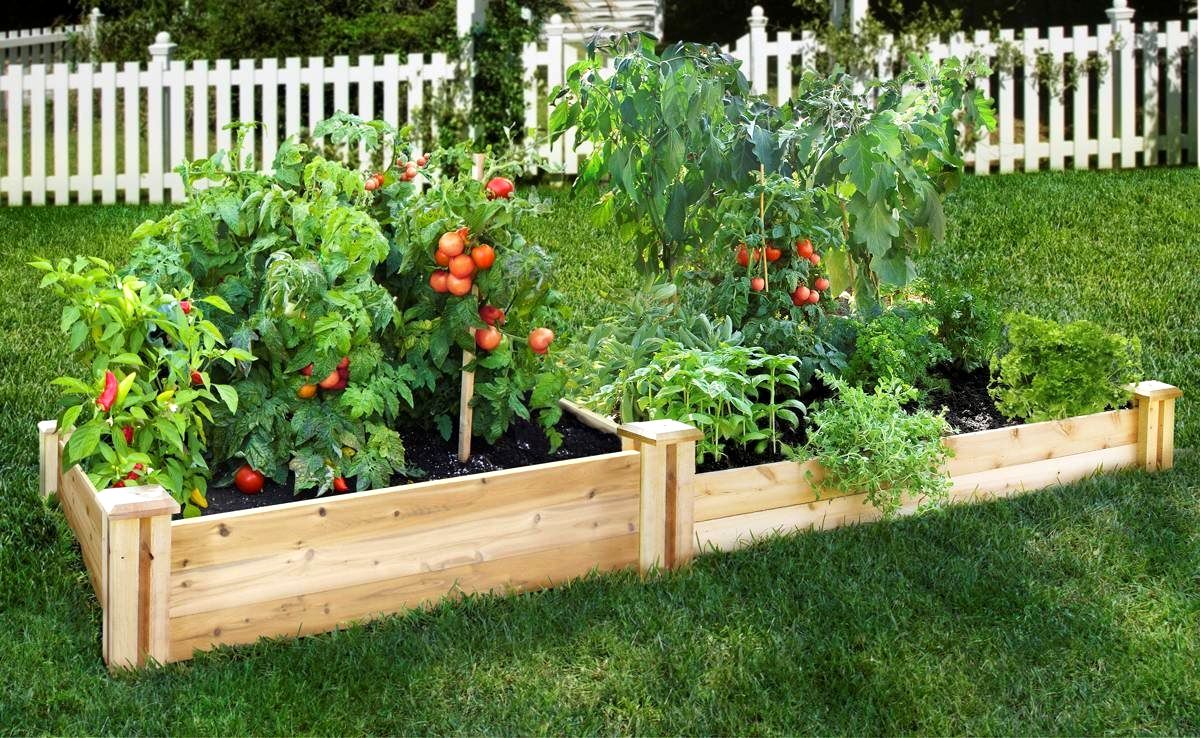The 10-Minute Rule for "Expert Advice on Troubleshooting and Repairing Your Garden Irrigation System"

DIY Garden Irrigation: Pointers and Tricks for Installation and Maintenance
Possessing a stunning landscape is a goal come correct for many individuals. Having said that, preserving it can easily be a obstacle, especially when it comes to watering your plants. Watering your plants personally may be time-consuming and exhausting, especially if you have a large landscape. Thankfully, landscape watering bodies are accessible to simplify the task of watering your vegetations.
In this write-up, we will definitely discuss some ideas and tricks for mounting and sustaining a DIY garden watering unit.
Types of Garden Irrigation Systems
Just before mounting an irrigation system in your yard, it's necessary to comprehend the various styles of systems accessible. Below are some usual types of garden watering devices:
1. Did you see this? - This device supplies water straight to the roots of your vegetations with little cylinders or pipes with emitters at frequent periods.
2. Sprinkler System - This device shoot irrigate over a big location making use of landscape sprinkler heads that turn or put up coming from the ground.
3. Soaker Hose Unit - This unit delivers water slowly along its entire size by means of small pores on the surface area.
4. Micro-Spray or Misting System - This body makes use of low-pressure flows to provide water evenly over tiny areas such as blossom bedrooms.
Picking the ideal type of irrigation system relies on a number of elements such as soil kind, vegetation type, temperature, budget, and individual preference.

Installation Tips
Once you have selected the necessary irrigation device for your landscape, it's opportunity to put up it. Right here are some tips for putting up an watering unit:
1. Map Out Your Garden - Just before putting up an irrigation unit in your garden, create a in-depth map that presents where each vegetation is located and how much water it needs.
2. Obtain The Right Supplies - You'll require tubes or pipelines depending on which type of watering you opt for; adapters like tees or arm joints that affix tubing together; emitters (for drip bodies), landscape sprinkler heads (for landscape sprinkler bodies), and a timer.
3. Put in The Water Resource - The majority of watering units call for a water source, therefore be sure to put in one close sufficient to your garden for very easy accessibility.
4. Lay Out The Tubing - Hook up the tubes or water pipes according to your chart, using tees and arm joints where essential.
5. Put in The Emitters or Sprinkler Heads - Depending on which style of watering device you opt for, install the emitters or landscape sprinkler heads at normal periods along the tubing.
6. Set Up The Timer - A timer will assist you control when and how lengthy your irrigation device operates. Prepared it up according to your vegetations' water demands and local area guidelines.
Maintenance Tips
Suitable servicing is essential for keeping your landscape irrigation system in good working health condition. Listed here are some routine maintenance tips:
1. Inspect For Leaks - Regularly examine your irrigation system for leakages, particularly around ports and emitters/landscape sprinkler scalps.
2. Cleanse Your Emitters or Sprinkler Heads - Over opportunity, debris can plug emitters or landscape sprinkler scalps, decreasing their performance. Cleanse them frequently using a toothbrush or tweezers.
3. Adjust Your Device As Needed - As vegetations expand and change over opportunity, you may require to readjust the placement of emitters or lawn sprinkler heads to ensure that they are supplying water properly.
4. Switch out Ruined Parts - If any sort of part of your watering device becomes ruined beyond fixing, switch out it as very soon as achievable to avoid additional damages.
Final thought
In verdict, mounting a DIY yard irrigation unit may save you time and initiative while making sure that your plants get sufficient water throughout the increasing season. By opting for the correct kind of device for your backyard and adhering to effective installment and maintenance procedures, you may delight in a rich, healthy backyard all year round without breaking a perspiration!
